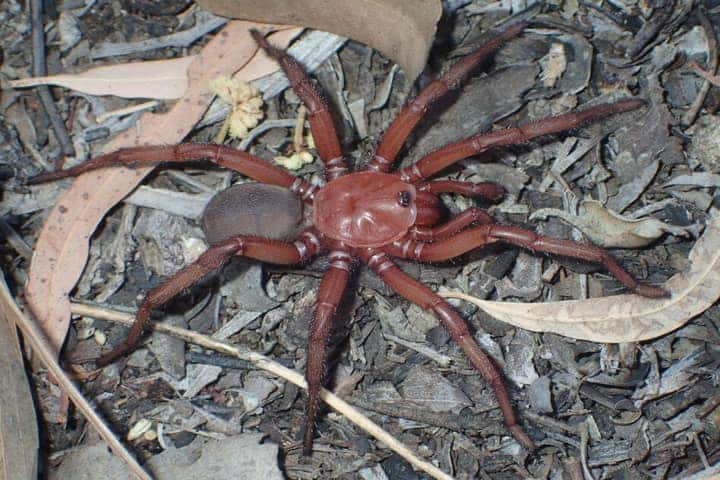Even though the discovery of a new and large species of spider in Australia’s Queensland, created a buzz among wildlife lovers it also worried them as researchers said these creatures needed protection since their habitat was vanishing fast. These spiders which are a type of golden trapdoor come from the Euoplos genus are not just rare but also very colourful in appearance as per a study published in March in the Journal of Arachnology.
Christened as Euoplos dignita, they were first sighted in the early 20th Century close to the towns of Monto and Eidsvold in Queensland but were not named or described then because not much was known about them, according to Michael Rix. He added that all that changed since 2017 as they became the focus of extensive research.
Rix is author of the study and Principal Curator of Arachnology at the Queensland Museum Network.
There have been very few specimens of E. dignita in the museum with all of them except one being collected before the 1970s. Interestingly, there were no male specimens and this created a serious problem for Rix and his team.
Explaining the importance of a male specimen, Paula Cushing, a senior curator in vertebrate zoology, Denver Museum of Nature and Science said that it enables identification and naming of the species. “Oftentimes, in order to figure out if what you’re looking at is new to science, you almost always, with spiders, have to examine the genitalia,” she observed.
Requiring new genetic material which would come from the male specimen, the scientists started hunting for one. The search yielded results when during a three-day hunt in May 2021, they found the specimen on a roadside in the Eidsvold-Monto area.
Juxtaposing it with other specimens in the museum, the scientists named it Euoplos dignitas. Elaborating on the use of the word dignitas, Rix in a YouTube video said it is “Latin for dignity or greatness, in reference to the really spectacular nature of this spider. It’s a big, beautiful species.”
Both the male and females of this species have a striking appearance. While the males have honey-red carapace or hard upper shell and legs with grayish brown abdomens, the protective cover of females is in red-brown hue.
These spiders can live for many years with some going strong for decades.
With roadside habitats of these species vanishing due to human activity including agriculture and housing, they definitely require protection as per the scientists. Detailed survey and study are necessary to know the numbers of these species but the small and highly fragmented range of the species makes it difficult. This is evident as one living specimen was found at one time.




















